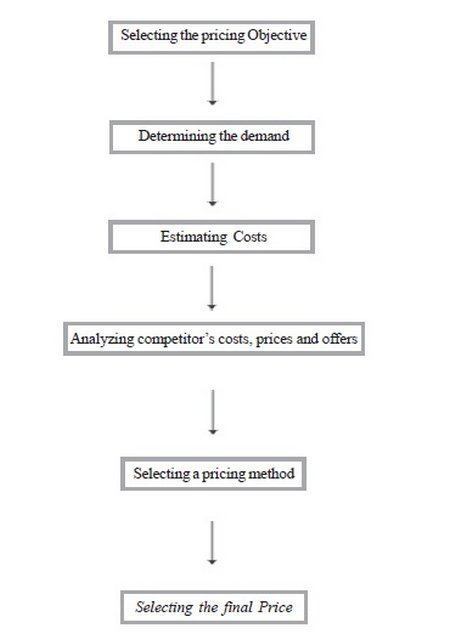- Price is a means of regulating the economic activities ie keeping the economy in balance.
- Price has a considerable impact on consumer perception i.e. a marketer can either increase the price and emphasize on quality or lower the price and emphasize on bargaining.
- Price is one of the four pieces that can be changed quickly to respond to changes in the environment.
- Price determines the entire marketing strategies of a company
Pricing Objectives
This gives the directions to the whole pricing process. Determining what your objectives are is his first step in pricing. When deciding on pricing objectives, you must consider.
- Overall financial, marketing and strategic objectives of the company.
- Objective of your product/brand.
- Consumer price elasticity and price points.
- Resources you have available.
SPECIFIC OBJECTIVES
- Maximize long-run profit
- Maximize short run profit.
- Increase sales volume (quantity).
- Increase monetary sales.
- Increase market share.
- Obtain a target of return on sales.
- Stabilize market price.
- Ensure company growth.
- Maintain price leadership.
- To desensitize customers to price.
- Discourage new entrants into industry.
- Match competitor’s prices.
- Encourage exit of marginal firms from the industry.
- Survival in the market.
- Avoid government investigation/intervention.
- Obtain/maintain loyalty and enthusiasm of distributors and other sales personnel.
- To be perceived as fair by customers and potential customers.
- Social, ethical or ideological objectives.
STEPS INVOLVED IN PRICING PROCESS
A firm must set a price for the first time when the firm develops or acquires a new product, when it introduces its regular product into a new distribution channel/geographical area and when it enters its bid on new contract work.
Price strategies matrix
Kotler describes a six step procedure for price setting.
- Select the price objective-i.e. maximum current profits, maximum current revenues and current sales growth.
- Determine the demand-analyses the demand curves i.e. demand curve is normally inversely related to price.
- Estimate the cost-demand sets a ceiling on price that the company can charge for its products and the company sets the floor i.e. fixed/variable.
- Analyze competitor’s costs, prices and offers-benchmark your costs against competitors cost.
- Select a pricing method i.e. markup, target return, value, sealed bid etc.
- Select the final price-pricing methods narrows the price range from which the company must select its final price. In selecting the final price, the company must consider additional factors including psychological pricing, influence of other marketing mix elements on price, company policies and objectives, pricing policies and objectives and legal constraints.
(Visited 685 times, 1 visits today)

